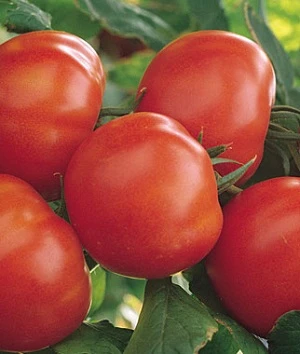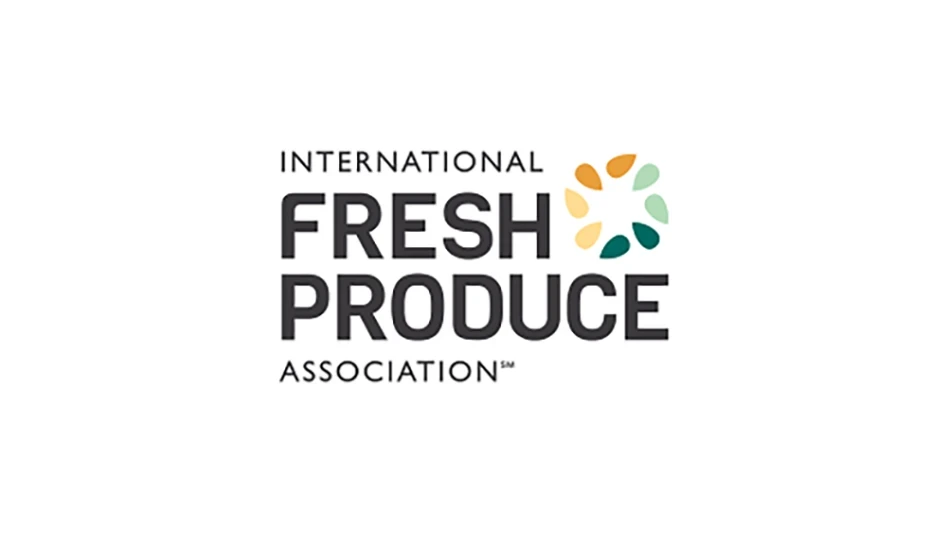
From the Ohio Agricultural Research and Development Center:
Commercial organic tomato production is a large and widespread but challenging business in the U.S. Markets can be lucrative but producing large quantities of high quality fruit is difficult. Yields are reduced by crop disease and insect pressure, drought and flooding, non-optimal nutrient supplies and other factors.
Grafted plants can be less susceptible to some of these stresses, particularly certain nematodes and soilborne diseases. Evidence is also increasing that grafted tomato plants tolerate unwanted extremes in soil moisture, low soil fertility, and high soil salinity levels more effectively than ungrafted plants. Please visit http://www.hcs.osu.edu/vpslab/grafting and http://www.vegetablegrafting.org for additional information on these topics.
Grafting creates a direct, physical and one-time ‘hybrid’ plant that displays traits of the rootstock and scion varieties it contains. Rootstock (RS) and scion (SC) variety selection is the first step in using grafted plants and the selection should be done very carefully. Why? At least four reasons. For example, RS varieties are not multipurpose hand tools (e.g., Swiss Army knives), all of them do not contain all the traits that may matter. Rootstock varieties should be chosen based on traits YOU need (see this table for a list of rootstock varieties). Second, new RS varieties are released each year, sometimes with little description. Third, grafted plants tend to be more expensive than ungrafted ones. Finally, various RS-SC combinations will perform differently, beginning at grafting. Some combinations will be less compatible, slower to heal and/or more likely to produce weak plants than other rootstock-scion combinations. Propagators and growers encountering any of these challenges will lose money and valuable opportunities to gain from the preparation and use of grafted plants. Currently, new tomato RS and scion (fruiting) varieties are released far more quickly and often than research-based information on their performance when grafted to each other. Commercial tomato growers and propagators, particularly organic ones, require comprehensive, objective and on-time assessments of rootstock and scion performance to help overcome major, persistent and complex production challenges.
Fortunately, the performance of RS-SC combinations nominated by growers can be tested in ways that increase the reliability of their selection and, therefore, the value of grafted plants to growers. Rootstock-scion combinations that can be grafted most efficiently, that resume growth most quickly after grafting and that display the greatest yield potential can be identified using proven methods. Most important, the outcomes of these tests can be delivered directly to growers in ready-to-use formats.
Currently, more than eighty rootstock varieties and more than one hundred scion (fruiting) varieties are available to commercial tomato growers in the U.S. Together, this group represents more than eight thousand potential rootstock-scion combinations. Clearly, the most important rootstock-scion combinations to test are ones that interest the most growers.
Commercial tomato growers, propagators, seed suppliers and extension workers are encouraged to nominate rootstock and scion varieties for inclusion in this study. Please use the link below or contact Dr. Matt Kleinhenz directly at kleinhenz.1@osu.edu or (330) 263-3810. Nominations will be compiled and, initially, the compatibility, growth and yield of approximately one-hundred rootstock-scion combinations will be documented.
The graftability, healing and regrowth (vigor) of all combinations will be tested at OARDC. Plants representing the top ten-ranked combinations will be provided to organic growers for on-farm performance evaluations. Evaluation results will be shared at this website, and in project reports, presentations, newsletter articles, and other formats.
Participation is free and all nominators may remain anonymous. All information shared by nominators will remain strictly confidential and be accessed only by project team members.
To nominate rootstock and scion varieties, please click here.
Latest from Produce Grower
- Mind matters
- John Bonner focuses on purposeful progress as founder of Great Lakes Growers
- The Growth Industry Episode 1: State of the Horticulture Industry
- FDA to Hold Webinar on Updated ‘Healthy’ Claim
- VIDEO: Growing media for strawberries grown under different production systems
- Eden Green Technology CEO Eddy Badrina reflects on challenges, opportunities for CEA
- Why CEA businesses should track carbon KPIs
- UGA professor Erich Schoeller to discuss IPM best practices for CEA at Indoor Ag-Con 2025





